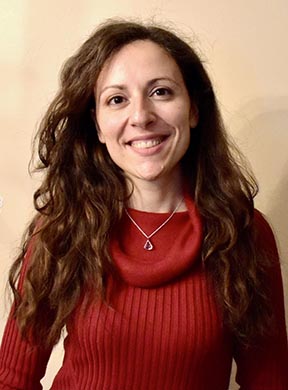Panchromatic Explorations of Evolved Stars and Exoplanets
Gioia Rau
Research Scientist, NASA/GSFC
Research Assistant Professor
Department of Physics
The Catholic University of America
Wed, December 1, 2021 - 4:00 PM
Karl Herzfeld Auditorium of Hannan Hall - Rm 108
Panchromatic observations, from the ultraviolet (UV) to the infrared (IR) and beyond, are powerful tools for exploring evolved stars and characterizing exoplanets. Cool evolved stars contribute significantly to the interstellar medium (ISM) enrichment, via gas and dust produced in their atmospheres. Yet, a thorough understanding of their mass loss mechanism(s) remains challenging. Exploring cool evolved stars' upper layers is thus essential to unraveling their mass loss history and its influence on the composition of the ISM and Galactic ecology. But how can we ‘see through’ the biggest stars in the Universe?
In this talk, I will describe investigations tying together analyses of HST high-resolution UV spectra, and VLT optical/IR interferometric observations and imaging of evolved stars, which enabled tight constraints on their mass loss, atmospheric structure and dynamics, radial extension, and evolutionary stages. I will also present groundbreaking results from application of machine learning algorithms to TESS light curves data for detecting new exoplanets, and discuss new opportunities to extend science using next-generation ground-base and space telescopes such as the JWST. Finally, I will describe three mission concepts: AeSI, JUStIINE, CLEoPATRA, exciting visionary missions that will significantly advance our knowledge, from the UV into the IR, of evolved stars' interiors and circumstellar envelopes, and of exoplanets.
If you have any questions about the Colloquium Series or would like to make a donation please contact the Physics Department, cua-physics@cua.edu or (202) 319-5315.
